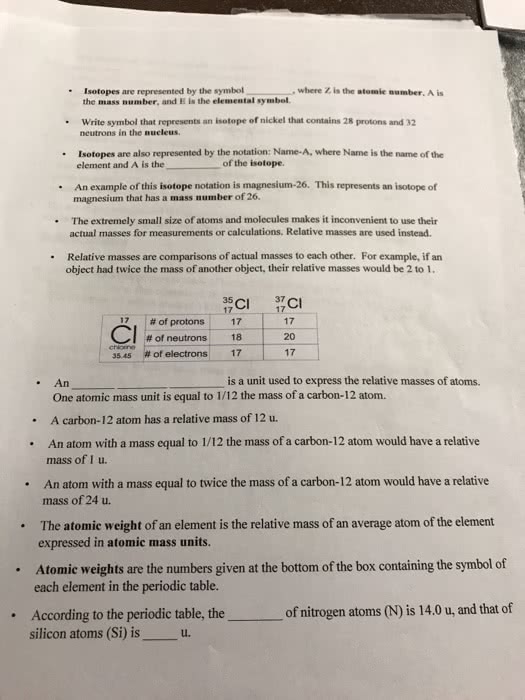CHE 102 Lecture Notes - Lecture 6: Hydrogen Sulfide, Magnesium, Chlorine
Document Summary
Theory and experiment (the chicken and the egg) If two elements form more than one compound, then the different masses of one element that combine with the same mass of the other are in the ratio of small integers. The atoms of a given element have a unique mass, called the atomic mass. The ultimate particle of a compound, called a molecule, is formed from a combination of atoms of its constituent elements in small whole number ratios. The mass of the molecule is the sum of its contained atom masses. Note that the mass of oxygen is the same in i and ii! If the atoms of a given element have a unique and characteristic mass: How does the mass of oxygen in iii compare with the mass of oxygen in i. Note that the mass of nitrogen is the same in i and iii!



